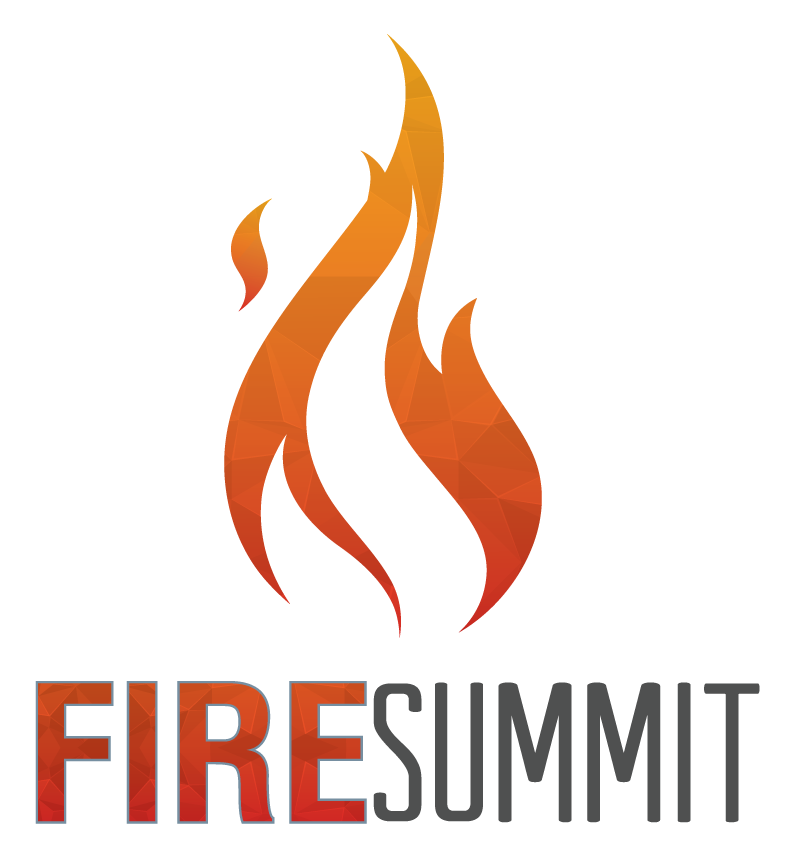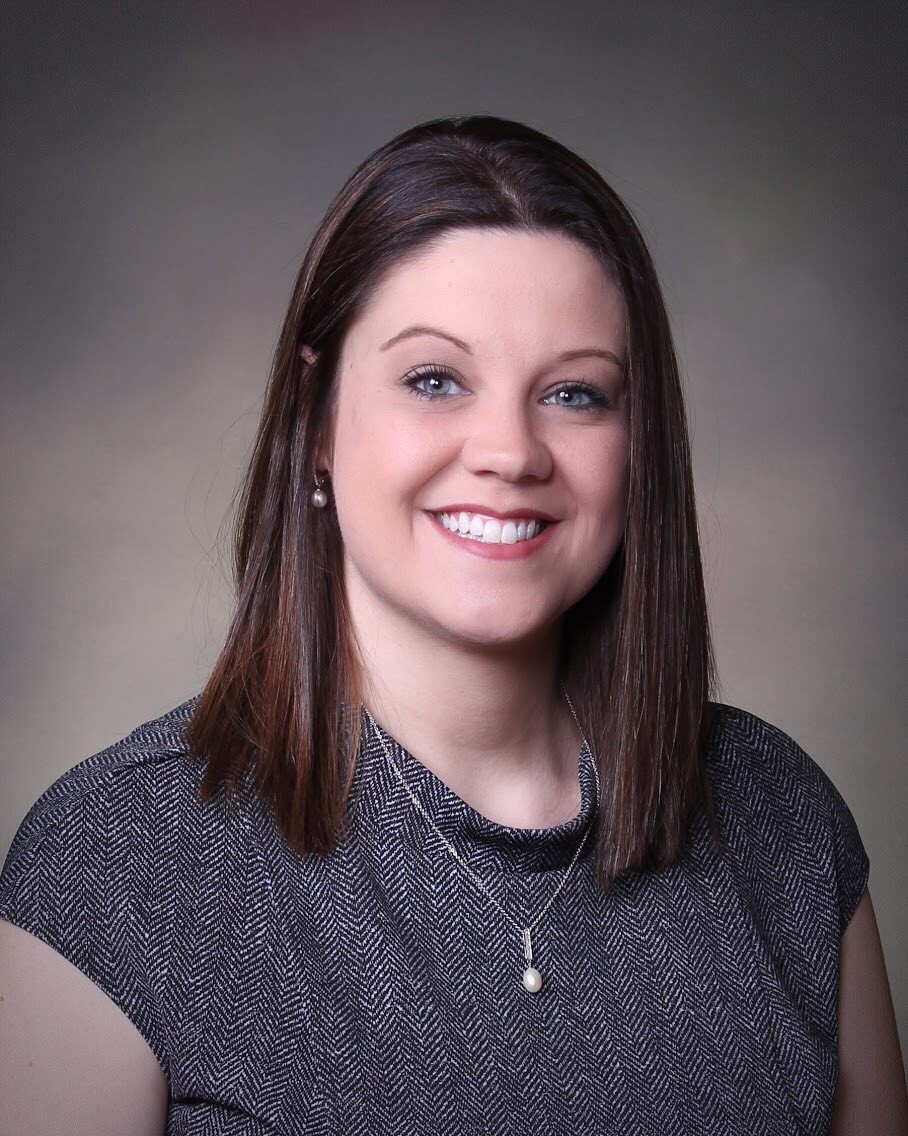Snapshot
Amp Up Engagement with Breakout Rooms
Exciting, fun, challenging-terms that describe every teacher’s ideal classroom environment! This grant, “Amp Up Engagement”, is a proposal to help supply students with a problem solving opportunity that can be used repeatedly and changed to correspond to any curriculum I teach by providing the tools needed to build a class escape room/breakout challenge. In deciding what the purpose of each escape room challenge will be, it is important to remember that every action, clue, and answer should tie to the answer. The escape room activity is not designed to do the teaching for me, but rather have my students use it as a way to explore things they have already learned.
The objective of having a personalized classroom set of supplies is to have an inplace, fun, engaging strategy that can feature any type of problem solving I can present Students will partake in escape rooms that consist of puzzles that demonstrate their understanding of content, while also building confidence and encouraging them to continue working toward an ultimate goal. The key to a strong escape room development from the teacher’s role is to balance between easy, moderate, and challenging tasks so all students can be fully immersed in the learning experience. Students will complete tasks such as content questions, lab analysis, deciphering codes, mathematical skills, and other such challenges.
Another aspect of education from breakout room strategies is the development of communication and teamwork Anytime professional skills such as these can be used in conjunction with content, the lessons rigor increases significantly. This grant strategically fulfills 9 stations of breakout boxes so students can work in small groups/partners when class size allows. I also like the aspect of these that I can do investigations as whole group and change up the expectation. By creating my own bank of breakout room supplies, it gives me every opportunity to challenge my students in a variety of ways.
With the funding from this grant, it is my intent to purchase materials to create 9 small group escape treasure boxes and materials to create unique challenges for my Biology, Engineering, and Anatomy classes. I also intent to purchase UV lights and invisible UV ink pens, ciphers, and tools needed to make the various activities. By purchasing my own unique materials and designing my own classroom setup, this makes it much more reliable and easy for me to differentiate lessons on a regular basis that engage my students in a variety of task stations and fits their needs. I would like to add that I have already figured a way to create a blended learning environment with these materials if need be, but utilizing Google Classroom for the puzzle delivery. Students will be able to use Google Meets and work with any virtual teammates as well.
Manufacturing Young Entrepreneurs
In the second year of our school’s engineering program, I am looking to build rigor, relevance, and most importantly self-sufficient students. With this grant, Manufacturing Young Entrepreneurs, students will be allowed to explore manufacturing processes, systems, and careers. This grant is designed to teach not only the technical concepts, but also the finance, ethics, and engineering design aspects that are so important in the field. This reflects an integrated approach that will allow students to fully understand quality and efficiency of designs.
Throughout the course of the year, this grant will allow my engineering students to not only hone in on their personal and creative skills, but will allow them to apply knowledge gained throughout the course leading up to the manufacturing of items. Our school is lucky to be. equipped with laser engravers and a CNC mill machine. Both of these, along with the items listed in the budget narrative, will provide the opportunity for students to design, construct, and market items such as acrylic LED nightlights, engraved cutting boards, leather key fobs, and personal woodworking designs on Baltic Birch plywood.
While these projects may seem unique in nature, it is important to realize they are. As a CTE instructor, it is my job to make sure my students are capable of producing relevant engineering designs. Introduction to Engineering Design is a course that is different from any I have ever taught in the aspect that it has all students working in different capacities at different times. If awarded this grant, students will be able to work on numerous projects in conjunction with course content as we progress through our learning targets for the year.
One assessment of success that I would like to use as a measure of success for this project is marketability. The engineering students will be marketing some of their personal designs in order to gain funding for their TSA (Technology Student Association) chapter. This will lead to a further understanding in the field of entrepreneurship as well. Students will work in small teams to develop marketing strategies (social media, brochure sales, sales booths, etc.) that will result in them selling their own personal designs to friends, family, and community members. Profit margins will be analyzed, revisions will be made, and the students, once complete, will have analyzed most aspects of the manufacturing process.
Another aspect that makes this grant appropriate for students is the flexibility it has in its educational setting. With the unexpected nature our last two school years have provided because of COVID, I am intentional when planning activities. This particular series of lessons will allow me to work with students in both traditional and virtual settings (if that arise).
Out of the Box Engineering
In a world where relevant, technical, job-related skill is just as important as written content, CTE courses serve the purpose of promoting career and industry. This grant, “Out of the Box Engineering” is dedicated to promoting and practicing the skill of machining. Students who participate in our school’s engineering program are equipped with a classroom CNC machine. For students this means they will have first-hand experience at designing (using Autodesk software) and machining (using a Benchmill 6100) when provided the opportunity. It is my intention to use this grant to allow all engineering students to create their own container box prototypes using RenShape wood and the milling machine.
So, what exactly is the container project you ask? Students will complete a project in the Computer Integrated Manufacturing class. The project has students work in many different facets of CIM including G&M Code, 3D Modeling, manual machine operations, CNC machining, processing, tolerances, dimensioning, cost analysis, speeds & feeds, and assembly operations, just to name a few.
In assigning this project, students will first complete a concept sketch of their design- allowing them to choose a trinket box, card box, or just a simple ring container will promote creative thought. Students will then use Autodesk Inventor to create a 3D model of their container. From there we will learn to code operations and then machining a material known as REN to create the actual containers. This is an industry-based, manufacturing assignment that can be delivered in both in-person classes and the virtual setting. Blended learning at its finest will allow completed codes and designs can be digitally submitted to me for printing purposes.
The grant funding will allow me to purchase the RenShape wood to create the unique boxes designed by my own students. It will also allow me to purchase some of the bits needed in the milling machine to appropriately proportion their designs.
By making a tangible product that can be shared with others, this promotes an ownership of learning that means students will be motivated, engaged, and mostly self-directed. This project not only teaches engineering concepts, but a sense of autonomy, chose, and responsibility for successful completion of their work.
Why it Matters: A Look into Real-Life Biology
Mrs. Kidd, why do I need to learn Biology? WUI I ever use this in real-life? Why does this matter? As a veteran teacher, these are the types of questions that often fill my introductory Biology classroom every single year. I have designed this grant to enhance student opportunity and exposure to true-life situations and careers based on Biology and Life Science.
Throughout the duration of these grant activities, students will examine the worlds of clinical lab sciences and criminal forensic science. Students will be introduced to activities that prime them for understanding of hair, fiber, blood, glass, and soil evidence. These lessons will provide and include mock scenarios for student exploration. From this, the goal is for all students to gain confidence in their ability to make sense of complex problems and complete both qualitative and quantitative data analysis. I have also chosen lab sets that will require use of logical reasoning that adheres to the Next Generation Science Standards.
Another aspect of this grant that makes it appropriate for in-person or blended learning is the fact that students can be broken up Into small groups, whether in-person or virtual, for exploration and team work that uses topics that are highly relevant in today’s society. For instance, in the drug analysis labs, students will analyze and identify over the counter drugs based on a series of physical and chemical properties. The OTC drugs range from popular pain relievers to common antacids. The Coroner’s Report also thrusts students into the world of pathology. Students will lake on the job of testing a blood and using samples from a prospective mystery corpse.
As a mode of assessment for how these activities, I intend to collaborate with both our healthcare and criminal justice teachers to create mock situations and lessons that engross students into investigation and have them deliver reports (be it criminal or clinical).
In conclusion, I highly encourage you to consider this grant because of its student centered nature. Scientific investigation as an education method trains students to think critically and it is vitally important in training them to be more observant and analytical of evidence and data that is collected. The involvement of careers and real-life application is key in understanding the answers to “‘Why is this Important?• and “When will I ever use tblsr questions. If students find the relevance of studying a topic, they will truly be engaged and more responsible for their own learning.

